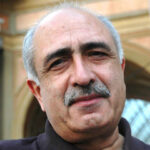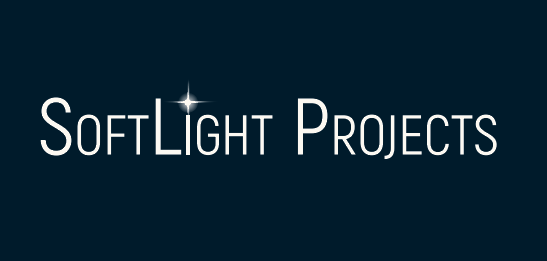 Frangiskos V. Topalis, Professor
Frangiskos V. Topalis, Professor
National Technical University of Athens
School of Electrical and Computer Engineering
Lighting Laboratory
This distinctive book contains the latest and essential information not only on the fundamentals of light, lighting hardware and relevant standards, but also on various application areas of urban lighting, covering both design and planning. All information is clearly and consistently presented and, therefore, easily understandable independent of the reader’s educational background.
The most valuable parts of the early (theoretical) chapters are those devoted to thorough understanding of photometry and colorimetric issues. Within the detailed overview of light sources and luminaires, their application domain is clearly emphasised, particularly regarding energy efficiency, colour of light and maintenance. Special attention is paid to LEDs. The final technical chapter on street (road) lighting contains a critical analysis of the most frequently used lighting standards, offering recommendations for their appropriate application needed to achieve good visibility, visual comfort and energy efficient lighting solutions.
Lighting control systems and their appropriate use are presented in detail. Sufficient attention is also paid to the prevention of light pollution, environmental issues and financial matters.
This is a rare example of a professional book engaging a large number of topics, all with detailed explanations, which are aimed to facilitate the design process in all areas of urban lighting. I believe this book will be equally welcomed by lighting practitioners, city authorities, researchers and students.
 Nevena Kovacevic, Lighting Designer
Nevena Kovacevic, Lighting Designer
ZENISK & Light Follows Behaviour
Comprehensive, illustrative and memorable.
Based on theoretical knowledge and experience, this book outlines a new approach and holistic view on urban lighting. LED technology has encouraged city authorities worldwide to explore new possibilities when illuminating buildings, infrastructure and public spaces, but also the whole city as an entity. This book is a great resource for designers willing to investigate in order to achieve suitable lighting solutions.
Maintaining creative freedom of design, this book offers recommendations with clear points, which are supported by numerous examples of both prestigious and poor lighting solutions, the latter being equally instructive seen in comparison. The authors stress the importance of city atmosphere within the urban fabric at dark time, which is what is first noticed and appreciated by residents and visitors. The final chapter devoted to lighting masterplanning pinpoints key factors to keep in mind when working on such projects.
The authors, engaged in design and teaching, offered a great guide for both lighting practitioners and students. I believe the readers will share my enthusiasm.
